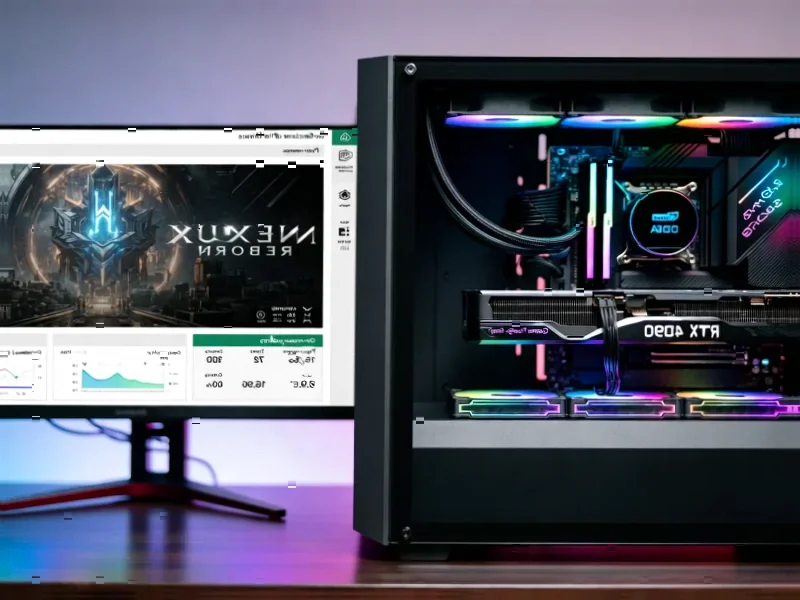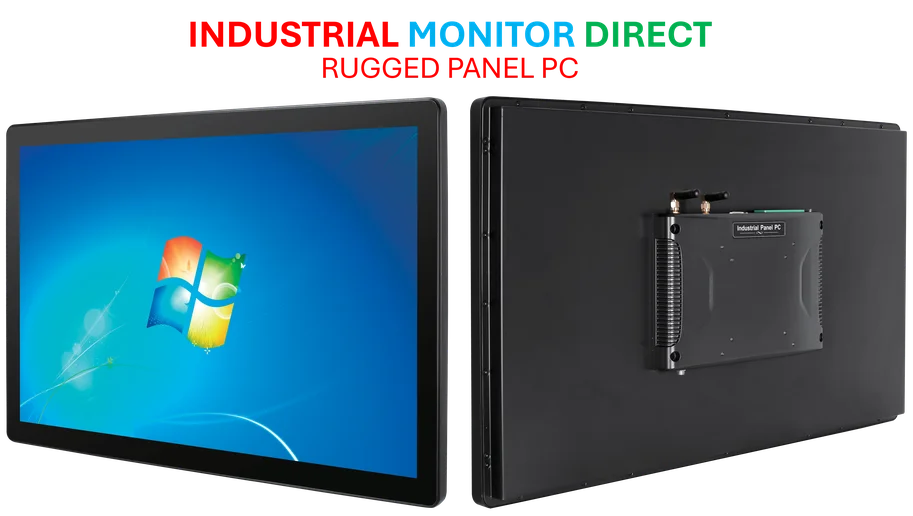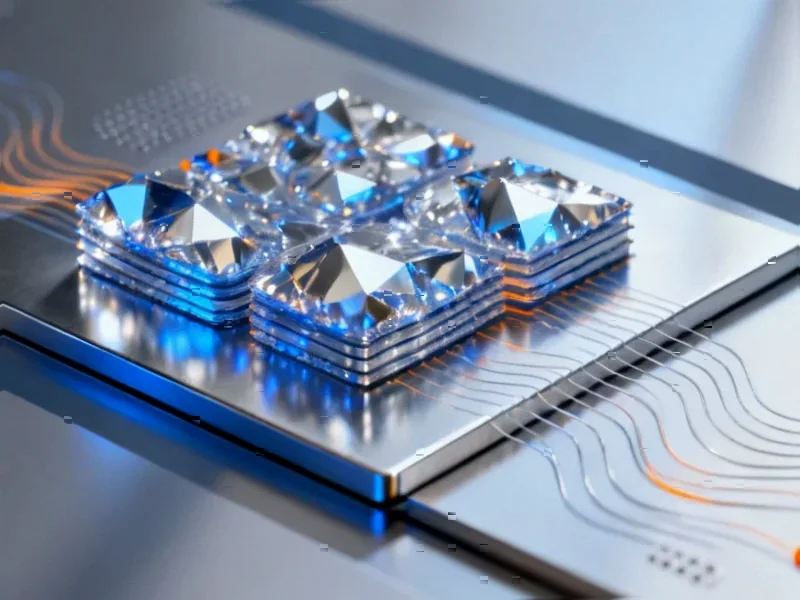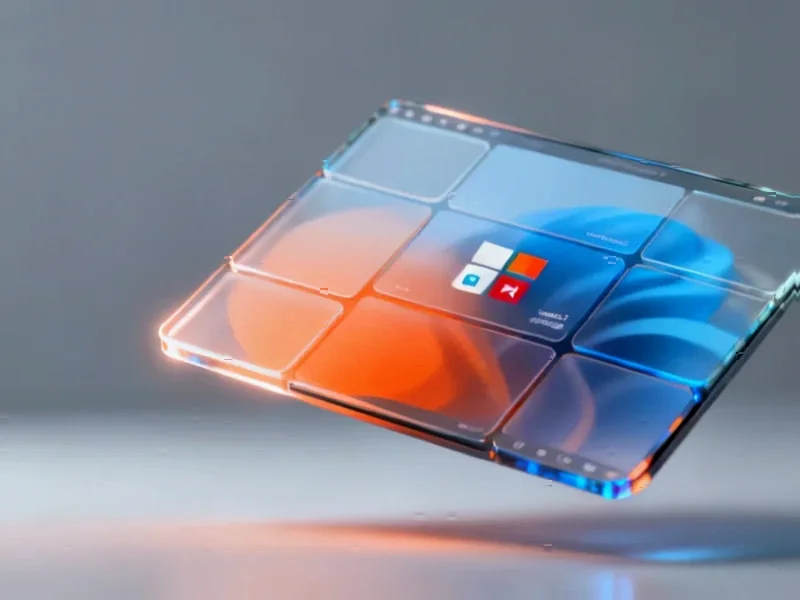According to Guru3D.com, AMD has reversed its decision to move RX 5000 and RX 6000 series graphics cards into “maintenance mode” for driver updates, confirming that RDNA 1 and RDNA 2 architectures will continue receiving game optimizations and new features. The original plan, announced earlier this week, would have limited future driver support to only bug fixes and security updates for these older GPU families, with the Adrenalin Edition 25.10.2 driver release serving as a cutoff point. Following user backlash, AMD clarified that optimizations will continue “based on market needs,” acknowledging that cards like the RX 5700 XT and RX 6800 XT remain widely used and capable performers. This policy shift effectively softens AMD’s earlier messaging that had positioned future driver development around newer RDNA 3 and upcoming RDNA 4 architectures. This reversal demonstrates how market feedback can directly influence corporate support policies in the competitive GPU space.
The Technical Reality of Driver Optimization
What AMD’s reversal reveals is the complex technical landscape of GPU driver development across multiple architectures. Maintaining optimization support for RDNA 1 (2019), RDNA 2 (2020), and RDNA 3 (2022) simultaneously requires substantial engineering resources. Each architecture has distinct hardware characteristics – RDNA 1’s compute unit design differs from RDNA 2’s Infinity Cache implementation and RDNA 3’s chiplet approach. Driver teams must maintain separate optimization paths for each architecture’s memory hierarchy, shader compiler behavior, and power management systems. The challenge isn’t just about making games run – it’s about extracting maximum performance from hardware that was designed years before today’s game engines were conceived.
The Economics of Hardware Longevity
AMD’s decision reflects a fundamental shift in how GPU manufacturers approach product lifecycles. With market data showing continued strong usage of older architectures, abandoning optimization support could alienate a significant portion of AMD’s user base. The RX 5000 and 6000 series represent millions of installed GPUs that remain competitive at 1080p and 1440p gaming. From a business perspective, maintaining driver support for these cards creates customer loyalty and positions AMD favorably against competitors who might have more aggressive product sunsetting policies. This approach also supports AMD’s broader ecosystem strategy, where positive experiences with older hardware can influence future purchasing decisions.
Strategic Positioning Against NVIDIA
AMD’s reversal creates an interesting competitive dynamic in the GPU driver support space. While NVIDIA typically provides driver support for older architectures, the quality and frequency of optimizations can vary significantly. By committing to continued optimization for RDNA 1 and 2, AMD positions itself as more responsive to community feedback and potentially more supportive of long-term hardware ownership. This could become a meaningful differentiator in markets where consumers hold onto GPUs for multiple generations due to economic constraints or satisfaction with current performance levels. The message to consumers is clear: buying AMD means your investment is protected for longer.
The Engineering Reality Check
While the policy reversal sounds positive for consumers, the practical implementation raises important questions. AMD’s vague “based on market needs” qualification suggests that not every driver release will include significant optimizations for older architectures. The engineering reality is that driver teams must prioritize based on user population, game popularity, and architectural complexity. RDNA 1 optimization might focus on maintaining baseline compatibility with new DirectX and Vulkan features, while RDNA 2 could receive more performance-focused updates given its larger installed base. The true test will be how AMD balances these commitments when RDNA 4 launches and demands its own optimization resources.
What This Means for GPU Owners
For the millions of RX 5000 and 6000 series owners, this decision provides meaningful value extension. Regular driver optimizations can deliver 5-15% performance improvements in new game titles through better shader compilation, memory management, and power optimization. More importantly, it ensures compatibility with upcoming game technologies and API updates. However, consumers should maintain realistic expectations – the most significant optimizations will still prioritize newer architectures, and performance gaps between generations will naturally widen over time. The key benefit is stability and continued relevance rather than revolutionary performance gains.




